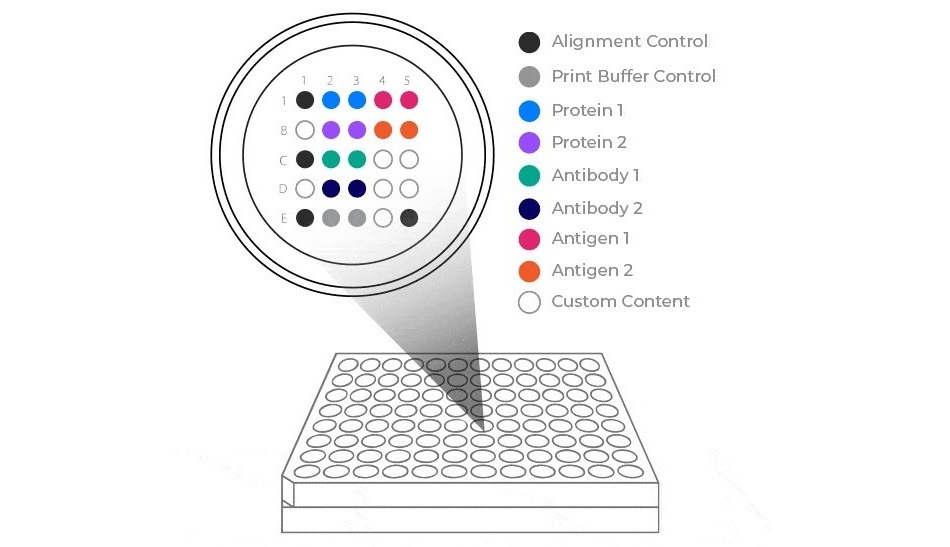New Assay to Revolutionize Detection and Treatment of Acute Myeloid Leukemia
Posted on 22 Nov 2023
Acute myeloid leukemia (AML), a rare and aggressive form of blood cancer, is diagnosed in approximately 120,000 people globally each year. Effective management of AML heavily depends on the ability to detect residual disease during treatment, which is crucial for determining prognosis and guiding therapy. Current techniques for detecting measurable residual disease (MRD) in AML include bone marrow morphology, multiparameter flow cytometry (MPFC), and DNA sequencing. However, each of these methods has limitations. Morphological assessment can only detect leukemic cells at a limit of 5%, whereas MPFC, though more sensitive with a detection limit between 0.01% and 0.001%, is complex and lacks standardization across labs. DNA sequencing can identify leukemic cells via somatic mutations but is expensive and may be affected by clonal hematopoiesis in non-leukemic cells. Now, researchers have introduced a groundbreaking assay that detects a unique molecular marker in AML patients and could transform detection and treatment.
Developed by a team at Washington University School of Medicine in St. Louis (WUSTL, St. Louis, MO, USA), this new assay specifically targets AML cases with KMT2A gene fusions, potentially revolutionizing the way AML is detected and managed. The team has developed a droplet digital PCR assay for sensitive detection of KMT2A fusion with its five most common fusion partners – AF9, AF6, AF4, ELL, and ENL. These partners account for approximately 80% of KMT2A fusions, although there are over 80 known KMT2A fusion partners.

The assay was thoroughly tested in human cell lines and patient samples, showing its capability for sensitive and specific detection of KMT2A fusions. It operates by segregating cDNA molecules into microfluidic droplets, which are then analyzed using specific primers and probes. These only generate a positive signal in the presence of fusion transcripts. The researchers successfully integrated various primer/probe sets to detect multiple fusions simultaneously with a pooled fusion detection reagent. Additionally, the assay was proven to effectively identify KMT2A fusions in patient samples known to contain these fusions.
“This is a robust new tool for sensitive KMT2A fusion detection that is directly applicable for disease detection in patients with leukemia driven by these fusions,” said lead investigator Grant A. Challen, PhD, Division of Oncology, Department of Medicine, Washington University School of Medicine in St. Louis. “It fills a void for oncogenic fusion detection and provides some technical improvements. The assay is also scalable—additional fusions can be easily added to the assay—to expand coverage for other oncogenic fusions. We are improving blood cancer detection one drop at a time!”
Related Links:
WUSTL













